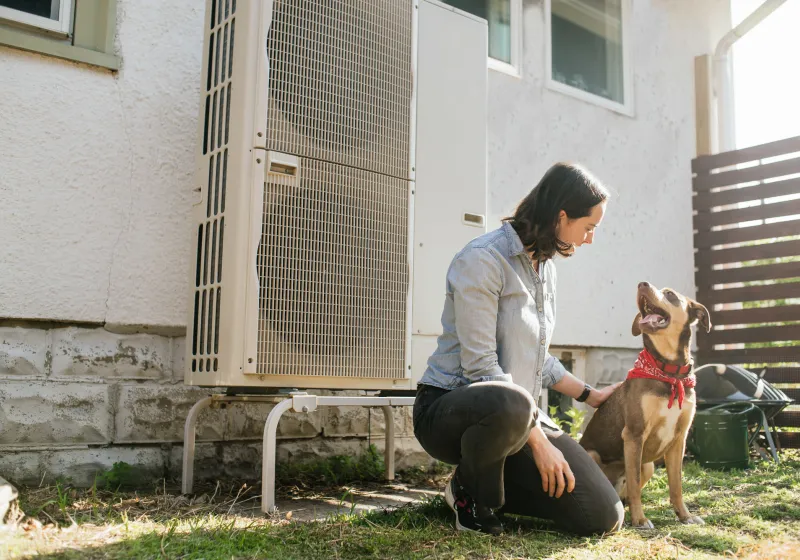How much energy and money could you save when you switch to an Air Source Heat Pump?
Find out by inputting your utility information and the features of your home below. On the results page, you’ll find comparison scenarios to help inform what future home comfort system might be best for you.
Using the Tool
Get started by selecting the county you live in and if you have already received a load calculation from a contractor. You must provide an answer for each question before advancing to the next page. Click on the round information icons for clarification on statements or terms. There will be an option to have your results emailed at the end. This tool does not collect any personal information.
Find a Contractor
Our Heating and Cooling Savings Estimator is great for identifying the most efficient options for your home. A visit from a verified contractor in our Preferred Contractor Network will give you a professional and personalized heat pump assessment that best fits your home and comfort needs.
